Catastrophe modeling, advances in mitigation as well as building design changes are just a few of the areas impacted by Hurricane Katrina nearly 10 years ago, according to Rick Miller, U.S. property practice leader at Aon Risk Solutions.
Miller spoke with Claims Journal recently on how the commercial property insurance market changed since the hurricane.
The storm impacted the time of year when commercial property policies are renewed.
“Following Katrina, most major commercial buyers of insurance had their renewals in the first two quarters of the year,” said Miller. “You don’t have the entities buying insurance in the third and fourth quarter that you used to have. Everyone felt they needed to get their renewal done before wind season. Large net cat exposed business is predominantly done in the first two quarters of the year.”
A consequence he said, is that the commercial property insurance industry is extremely busy during the first and second quarters.
Another important change is in the role catastrophe modeling now plays in the industry and underwriting process, he said.
“Individual accounts started to be modeled. Prior to Katrina, models were really portfolio tools for insurance companies,” said Miller. “Following Katrina, that really began individual account modeling.”
There have been multiple iterations of the cat models since the August 2005 hurricane, Miller added.
In addition, the storm affected the market. A hard cycle immediately followed Katrina that does not exist today, the Aon executive said.
“Through the remainder of ’05 following the storm and into ’06, it was a little bit more challenging to organize deals on big programs and buying wind limits for…a couple of seasons, it was much more difficult in terms of accumulating large limits on portfolios,” Miller said.
Because there hasn’t been a lot of cat activity for the last couple of years, the industry is in a competitive cycle right now, he said.
“We are in one of the softer cycles we’ve seen in 15 years in commercial property insurance. That’s led by an awful lot of capital that’s in our industry right now, and an abundance of supply and capacity,” Miller said.
After Katrina, there was more analysis on flooding and how it’s connected to wind.
“While it always existed because flooding obviously can always follow a hurricane event, I think Katrina really underscored the flooding component of a major hurricane, because a lot of the damage done in New Orleans was flood driven,” said Miller.
Katrina underscored storm surge and how insurance policies responded to storm surge, Miller said.
“Was storm surge part of a wind definition or was it part of a flood definition? I think some pretty harsh lessons were learned relative to that,” Miller said. “Pre Katrina I think a lot of buyers and insurance people, if you asked them where storm surge fell – was it part of flood or was it part of wind – I’m not sure a lot of them could explain that.”
Prior to Katrina, insurers also had a tendency to put up large excess limits above primary limits, Miller said.
“Katrina exposed some of those placements. I think a lot of those carriers that used to do that excess approach stopped doing that after Katrina. Not to say they don’t do excess limits anymore but what you see…is multiple insurers making up excess limits,” said Miller.
Disaster Preparedness
More attention was placed on business continuity planning, the Aon executive said.
“Any time you have an event like a Katrina all those contingency type arrangements by organizations get tested. I think a lot of organizations found that the contingency plans they had in place maybe needed some work,” said Miller.
In fact, addressing resiliency is a key factor to weathering disasters, according to a bulletin issued by Sedgwick earlier this year.
Understanding exposures, according to Scott Richardson, senior vice president and national property manager at VeriClaim, a Sedgwick company, is tantamount to recovering after a disaster.
In a podcast earlier this year, Richardson explained that business continuity planning and disaster recovery are two important aspects of crisis management a business should address.
Demand surge is another area that got more attention after the August 2005 hurricane, when it became difficult to hire contractors and obtain materials to repair damage.
“The actual cost of the claim was driven by these so called demand surges. I think, from a materials perspective, entities are much better prepared if another type of event happens.
They were forced to work pretty hard to identify where they were going to get materials and where they are going to have certain restoration contractors on retainer,” Miller explained.
Building codes were tightened too.
“Florida is known for having slightly better building codes,” Miller said. “In a lot of areas throughout Florida their building codes were actually upgraded.”
In a report on the states with the strongest building codes released earlier this year, the Institute for Business & Home Safety found that Florida rated 94 out of 100 in terms of building code strength. The full 2015 report with state-specific information as well as the original 2012 Rating the States report are available on the IBHS Rating the States web page.
While overall, the industry and businesses appears better prepared to deal with a catastrophic storm, Miller said there’s always going to be risk given a storm of Katrina’s size.
“It’s been a long time since the Southeast has been hit by a big storm,” Miller said. At some point, Florida, the Gulf is going to get hit with another big storm. I do believe those storms that came about 10 years ago did help reinforce the potential that could happen to any exposed area like the Gulf.”
Was this article valuable?
Here are more articles you may enjoy.

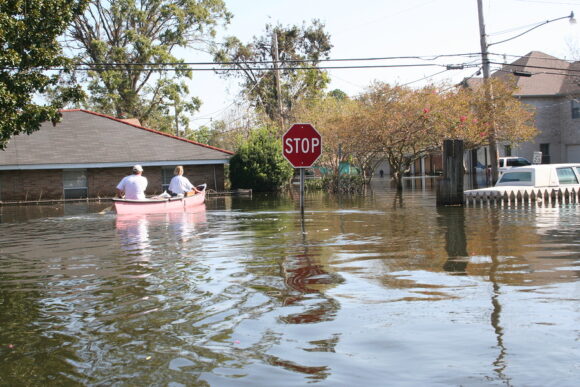
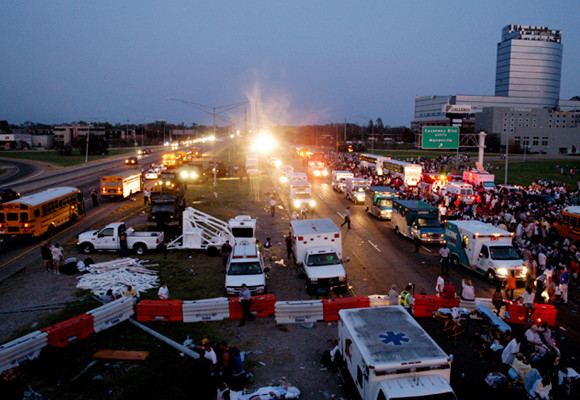
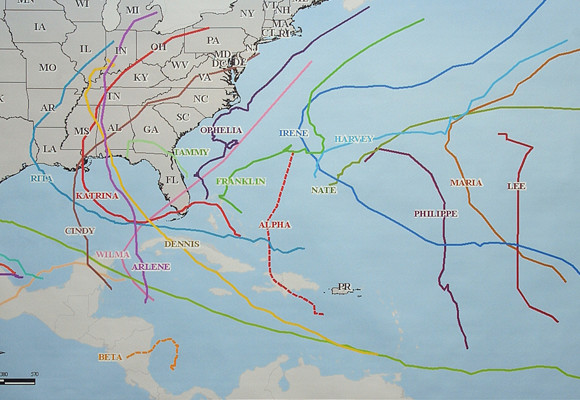
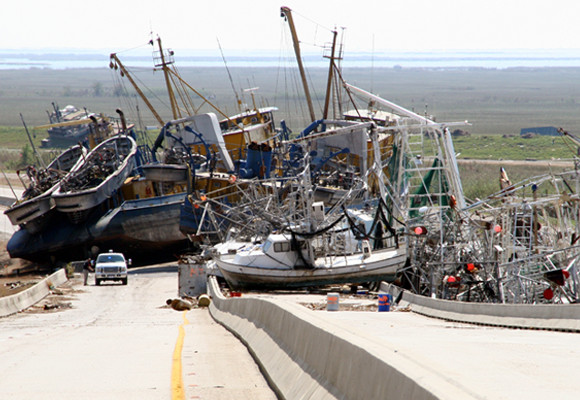
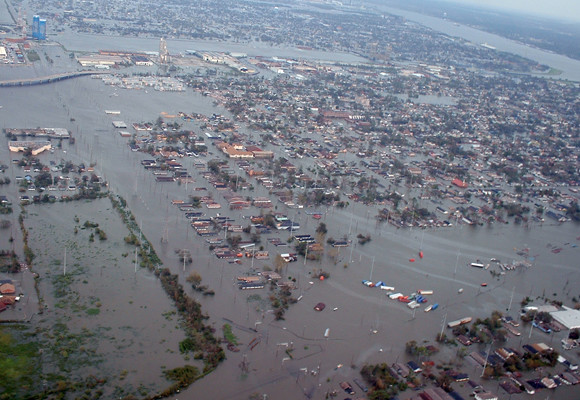
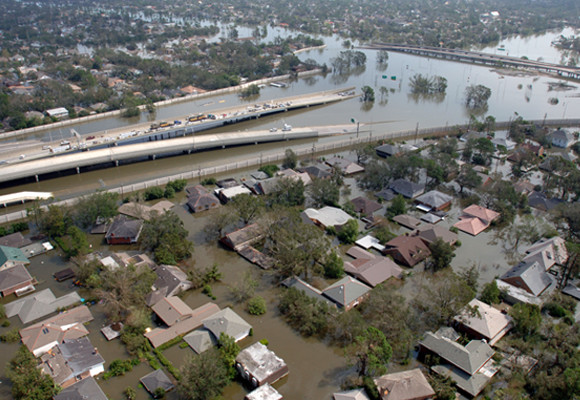

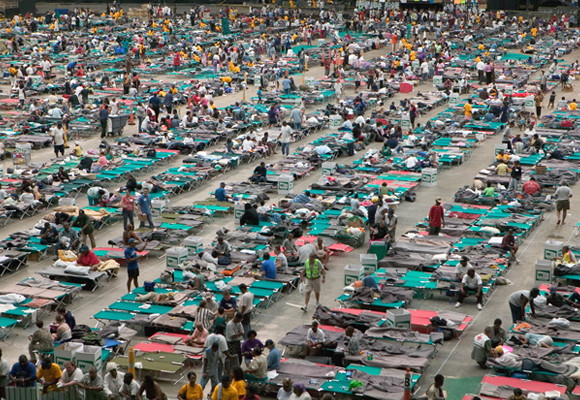
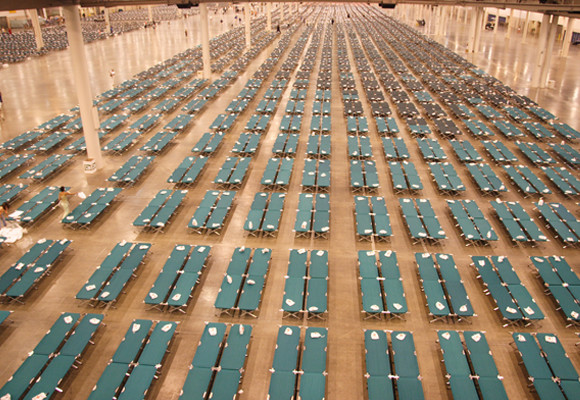

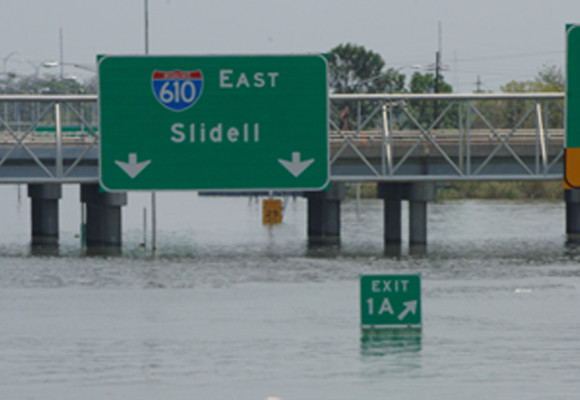
 Hedge Funds Are Hunting Deals in Risks Too Big for Insurers
Hedge Funds Are Hunting Deals in Risks Too Big for Insurers  Plane Carrying New York Lawmakers Clipped at Reagan Airport
Plane Carrying New York Lawmakers Clipped at Reagan Airport  Self-Driving Startup Nuro Raises $106 Million at Lower Valuation
Self-Driving Startup Nuro Raises $106 Million at Lower Valuation  Roof Repair and Replacement Costs up Nearly 30% Since 2022, Report Shows
Roof Repair and Replacement Costs up Nearly 30% Since 2022, Report Shows 